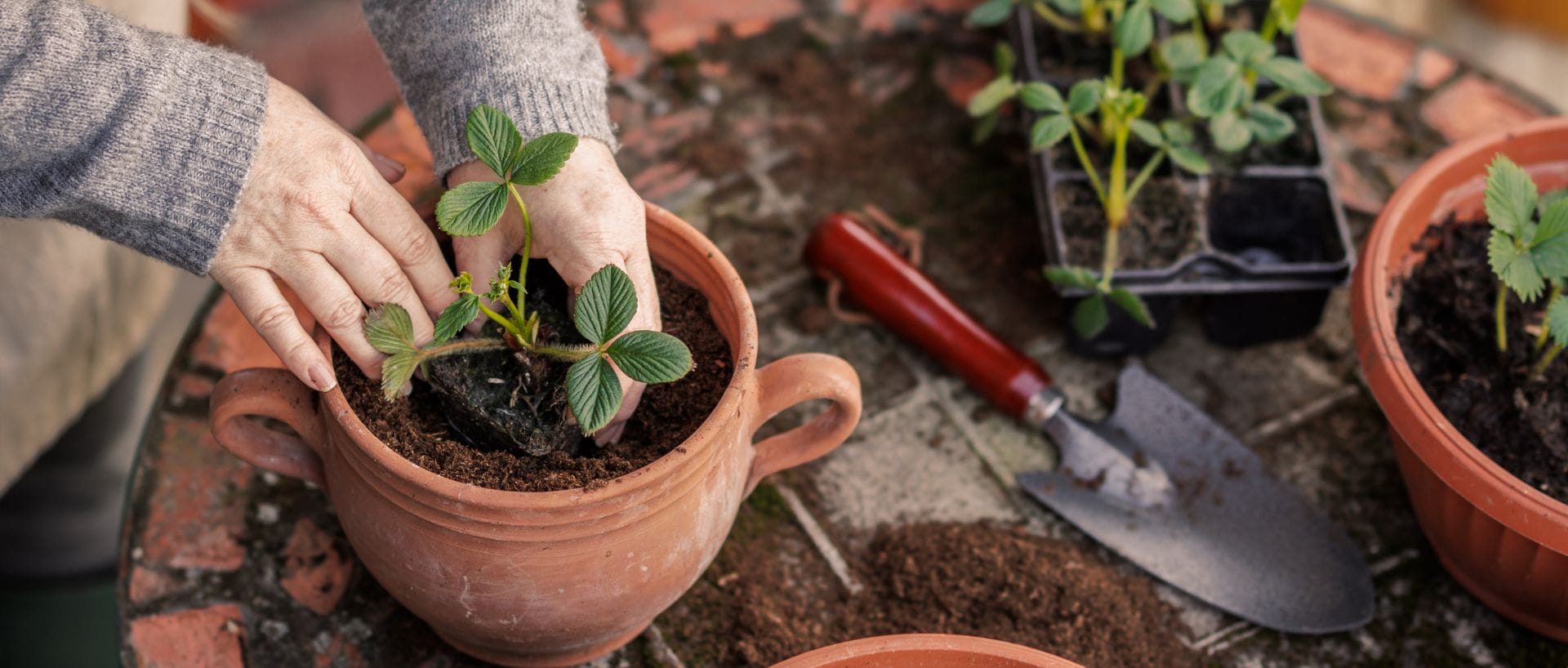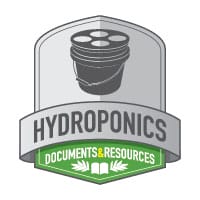By: HTG Supply Taylor on 09/15/2017
This week for Talking Shop we are going over some tips for helping you to produce some of the healthiest roots possible. Typically seen as the mass of pearly white fibers of healthy root mass, the humble root hair is just a single cell thick. Root hairs tend to be quite delicate, yet they give real estate in the enormous surface area provided to absorb water and nutrition. As a root promoter or booster, we are looking for anything that will increase lateral branching, increases overall surface area, can help fight pathogens, increase nutrient uptake, and provide the plant with much-needed sustenance. Most “root boosters” tend to be highly flexible with different nutrient lines and feeding schedules because they are reliant on different means to boost root growth. These methods include but are not limited to; inoculation of beneficial bacteria and fungus, triggering of enzymatic processes, amending of plants diet.
In order for plants to grow and properly develop, they require certain nutrients that are not always abundant in our mediums. Over time, however, with vigorous plant growth we all strive for comes nutrient level depletion. A healthy root system is necessary for plants to absorb other nutrients as well, and therefore, is critical to the plant’s overall health and vitality. Plants will cease to grow unless the soil’s nutrients are replenished. Base nutrients and supplements are used to restore nutrients to prevent deficiencies and ensure consistent vigorous growth. Each nutrient serves a multitude of roles in the development and life cycle of plants. Phosphorus is essential for strong root growth and thus a key point in this article. Fertilizers rich in phosphorus are not only used to promote root growth and to correct excessively high nitrogen levels, which can injure plant roots. Phosphorus is one of the three plant macronutrients, along with nitrogen and potassium. Being these nutrients play such a vital part in the growth of plants, and adequate supply of nutrients can be depleted quickly from mediums, the need for supplementation is apparent. In addition to its role in plants’ proper root growth, phosphorus is needed for fruit, flower and seed development. Not to mention, it is used for photosynthesis as well as cell division.

Another way to boost root growth and benefit overall plant health is to inoculate with beneficial mycorrhizae. The primary function of beneficial mycorrhizae is the ability to exchange nutrients with the surrounding environment and the host plant. With the increase in surface area and the protection they offer to the plant’s roots, the Mycorrhizae is able to seek out a lot of nutrients for its host. Mycorrhizae also assist with the uptake of water, inorganic phosphorus, mineral or organic nitrogen, and amino acids through specialized transporters on the individual membrane. Once the water and nutrients are absorbed, they can be transported to the host, which in return will supply carbon completing the symbiotic relationship. This relationship between the mycorrhizae and plant can have a great impact on the surrounding environment. In areas where drought is expected, the plants that are able to use the mycorrhizas increased surface area will obtain more water and will have a major advantage over those without this symbiotic relationship. The same can be said about environments that are low in nutrients such as nitrogen and phosphorus. The plants that can have this association with mycorrhizal fungi will again have a greater chance of inhabiting this area because of the helping hand from the mycorrhizal inoculation at the roots.
Enzymes help to facilitate the breakdown of dead root matter. This will consequently turn the dead root matter into simple sugars that can then be consumed by beneficial bacteria and fungi. Enzymes are proteins that are made primarily of amino acids that tend to act as catalysts. Enzymes will facilitate, energize, and expedite reactions on a molecular level. Enzymes are specific to what they catalyze. Only when the proper enzyme locates the correct substrate, will the biochemical reactions take place. For instance, when cellulase breaks down cellulose into simple sugars, you will not have to worry about the cellulase interacting with anything else because it can only react with cellulose. This simple fact is the reason it is important to choose to incorporate the proper enzymes for your roots, but more importantly, to get rid of material deemed unwanted without affecting the good for the overall health of your garden.
Following these practices will enhance every aspect of growth, development, and ultimately, yields in your garden. Optimizing your root zone will build the foundation you need to get the best harvest possible, and HTG has everything you need to do so!


